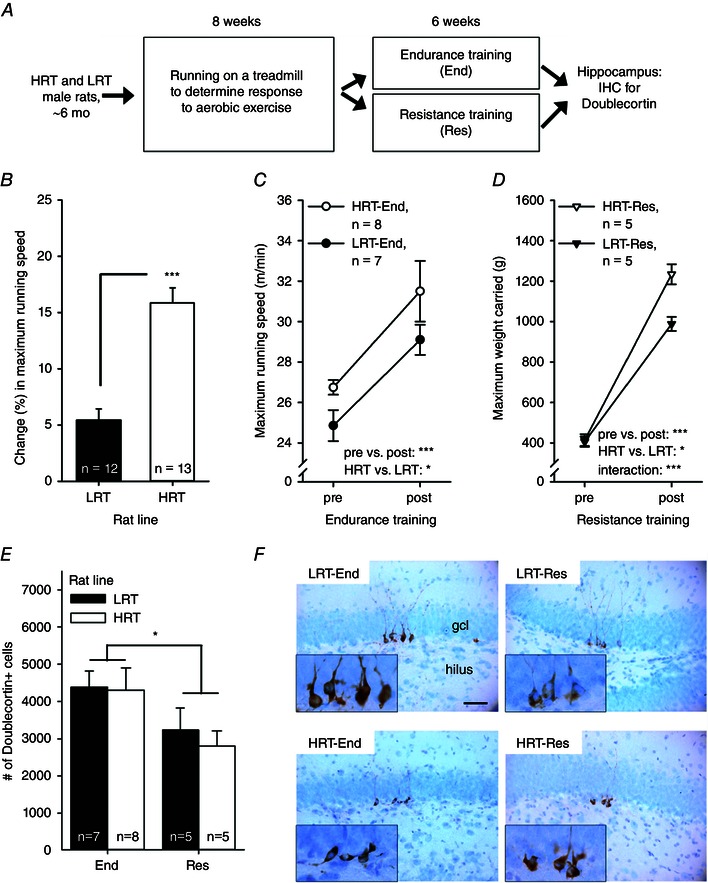Figure 2. Experiment 2 indicated more doublecortin‐positive new hippocampal neurons in rats subjected to endurance training on a treadmill compared with rats subjected to resistance training on a vertical ladder .

Abbreviations: End, endurance training; Res, resistance training; other abbreviations are as in the legend to Fig. 1. A, outline of the experiment. B, HRT rats showed a greater adaptive response to aerobic training, i.e. their percentage change in maximal running speed increased more than the LRT rats. C, subsequent endurance training on a treadmill resulted in a comparable increase in maximal running speed in both rat lines, but HRT rats outperformed LRT rats overall. D, resistance training led to a bigger improvement in strength in HRT compared with LRT rats. E, rats subjected to endurance training (regardless of rat line) had a greater number of new neurons in the hippocampus. F, representative examples of doublecortin‐positive cells (brown) in the tip of the dentate gyrus in each group of rats. The background stain (Cresyl Violet) shows cell bodies of mature neurons in light blue. The hilus and the granule cell layer are indicated in the top left panel. The scale bar length is 50 μm, and the scale is the same in all panels (original magnification, ×400). Insets illustrate the doublecortin‐positive cells at ×1000 magnifcation. In B–E, vertical lines depict the SEM. Asterisks refer to statistically significant differences, as follows: *P < 0.05 and ***P < 0.001.
